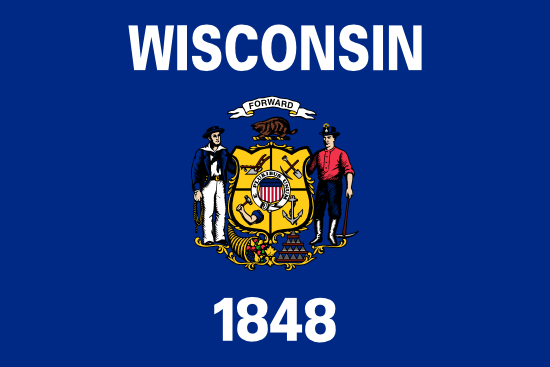
Madison
- County:
- Dane County
- County Seat:
- Yes
- Area (mi²):
- 84.215
- State:
- Wisconsin
Madison is a city located in Dane County, Wisconsin. Madison has a 2025 population of 285,300 . It is also the county seat of Dane County . Madison is currently growing at a rate of 1.47% annually and its population has increased by 3.79% since the most recent census, which recorded a population of 274,884 in 2020.
The median household income in Madison is $76,983 with a poverty rate of 16.22%. The median age in Madison is 31.8 years: 31.6 years for males, and 32.1 years for females. For every 100 females there are 99.8 males.